
Located in northeastern Minnesota, the Superior National Forest beckons adventurers with its breathtaking beauty and diverse ecosystems. This vast expanse covers nearly 3.9 million acres, offering a stunning array of lakes, rivers, and lush woodlands. Visitors can explore the renowned Boundary Waters Canoe Area Wilderness, where pristine waters and serene landscapes create a paddler’s paradise. The forest is home to a rich tapestry of wildlife, including moose, wolves, and bald eagles, making it a haven for nature enthusiasts and photographers alike. Outdoor activities abound, from hiking and camping to fishing and snowshoeing, ensuring year-round enjoyment for all. Superior National Forest stands as a testament to nature’s splendor and the enduring power of conservation efforts.

Origin and History of the Superior National Forest
The origins of the Superior National Forest date back to the late 19th century when conservationists recognized the need to protect this unique wilderness. In 1909, President Theodore Roosevelt, a staunch advocate for natural preservation, established the forest reserve to safeguard its resources from excessive logging and development. Over the years, the forest became a focal point for conservation, drawing attention from environmentalists and outdoor enthusiasts. As time passed, the area was expanded and officially designated as the Superior National Forest in 1938, reflecting its growing importance in America’s natural heritage.
Throughout the 20th century, the forest played a significant role in conservation and recreation. In 1964, the Wilderness Act further protected the forest by limiting development and preserving its pristine conditions. Subsequently, the Boundary Waters Canoe Area Wilderness was established, attracting visitors eager to experience its untouched beauty. Today, the Superior National Forest stands as a testament to successful conservation efforts, offering a rich history of preservation intertwined with opportunities for exploration and adventure.
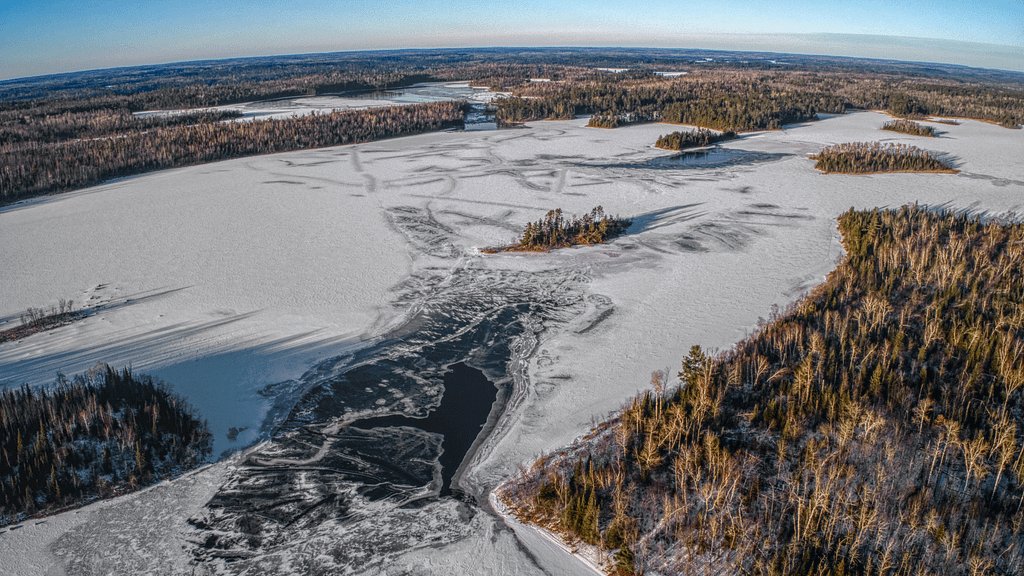
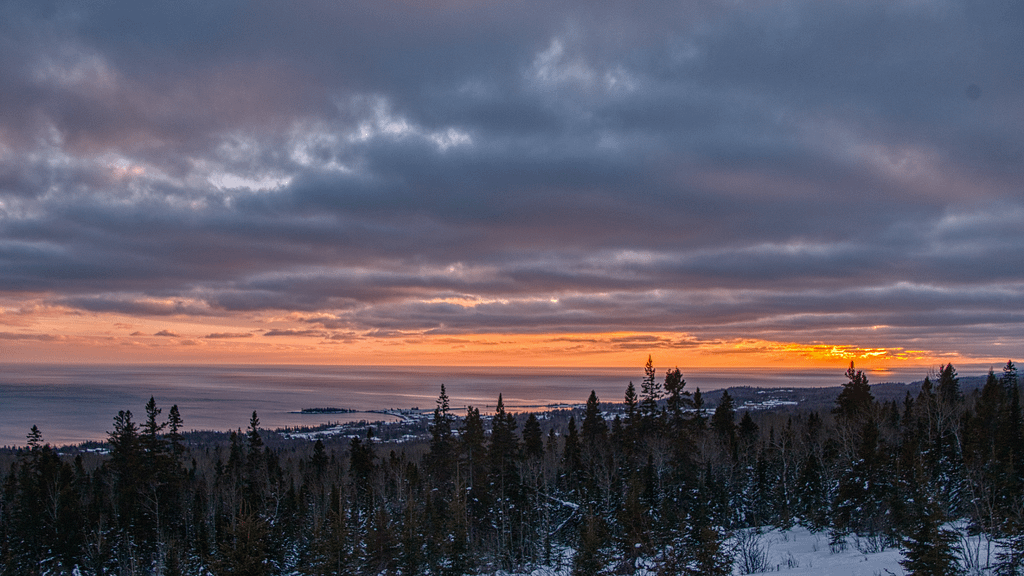
Trees in the Superior National Forest
The Superior National Forest hosts a diverse array of tree species, each contributing to the intricate tapestry of its ecosystems. Towering white pines stand as majestic sentinels, their long needles, and tall trunks providing shelter and nesting sites for various bird species. Alongside them, red pines and jack pines thrive in the sandy soils, creating a picturesque landscape with their rough bark and contrasting foliage. Deciduous trees such as quaking aspens and paper birches add vibrant splashes of color, particularly in the autumn months when their leaves turn brilliant shades of yellow and orange. These trees not only enhance the visual appeal of the forest but also play a crucial role in supporting wildlife habitats and maintaining ecological balance.

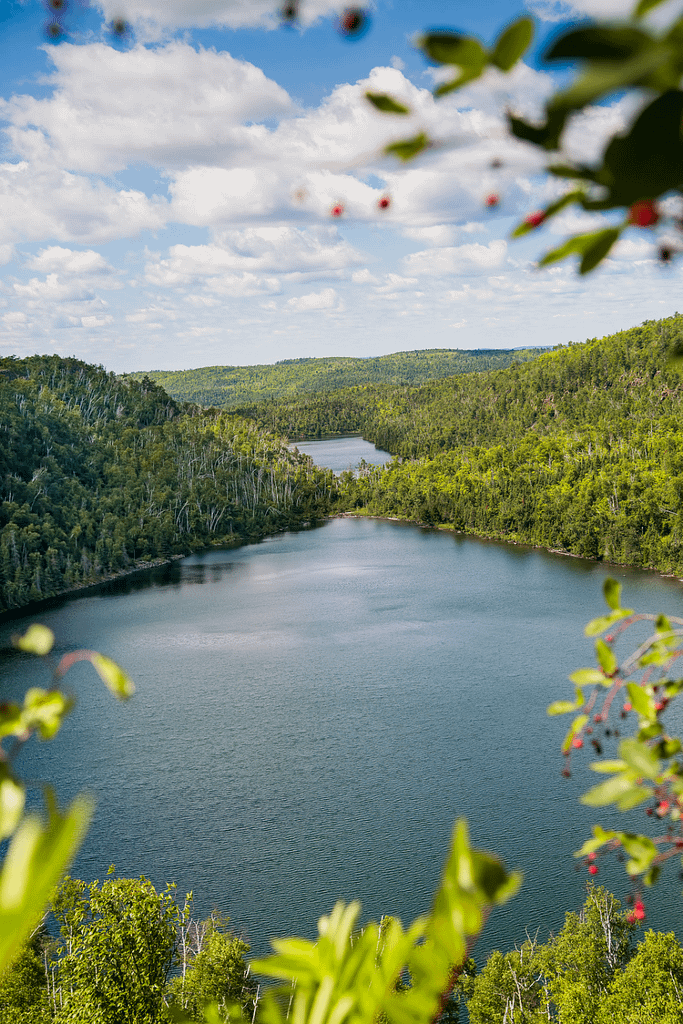
In addition to these common species, the forest supports a rich variety of other trees, including balsam firs and black spruces, which are well-adapted to the cooler, northern climate of Minnesota. Eastern hemlocks, although less abundant, add to the diversity with their graceful, drooping branches and dense canopies. In the wetter lowland areas, you can find tamaracks, which are unique for being deciduous conifers, shedding their needles each fall. The variety of tree species in the Superior National Forest not only illustrates the area’s ecological richness but also underscores the importance of conservation efforts in maintaining these vital habitats for future generations.
Wildlife in the Superior National Forest
The Superior National Forest thrives with an impressive variety of wildlife that captivates visitors and nature enthusiasts alike. Majestic moose roam the forest, often seen grazing near the water’s edge or moving through the dense underbrush. Wolves, the elusive predators of the forest, are heard howling in the distance, maintaining the ecological balance by managing prey populations. Bald eagles soar above, their keen eyes scanning the waters for fish, while loons glide gracefully across the lakes, their haunting calls echoing through the wilderness. This rich diversity of species not only enhances the beauty of the forest but also plays a crucial role in the health and vitality of its ecosystems.
The forest’s lush habitats support a myriad of smaller creatures as well, each contributing to the intricate web of life. Beavers diligently construct dams and lodges, altering waterways and creating wetlands that benefit numerous other species. Red squirrels and chipmunks scurry through the trees, gathering seeds and nuts, while white-tailed deer browse on the abundant foliage. Black bears, though shy, occasionally emerge from the thickets, foraging for berries and insects. With its vibrant tapestry of wildlife, the Superior National Forest provides a living testament to the importance of conservation, ensuring that these remarkable animals continue to thrive for generations to come.
Wilderness Areas
The Boundary Waters Canoe Area Wilderness (BWCAW) captivates adventurers with its sprawling network of interconnected lakes and rivers, offering an unparalleled paddling experience. As you glide through these pristine waters, the serene beauty of the wilderness unfolds before you, revealing a landscape untouched by time. Towering pines line the shores, their reflections shimmering on the glassy surface, while the calls of loons echo across the water, creating a symphony of nature’s sounds. Transitioning from one lake to another, canoeists navigate through tranquil portages, where the rustle of leaves and the crunch of pine needles underfoot are the only reminders of civilization’s distant presence. This unique wilderness invites explorers to disconnect from the modern world, embracing a simpler, more profound connection with nature.

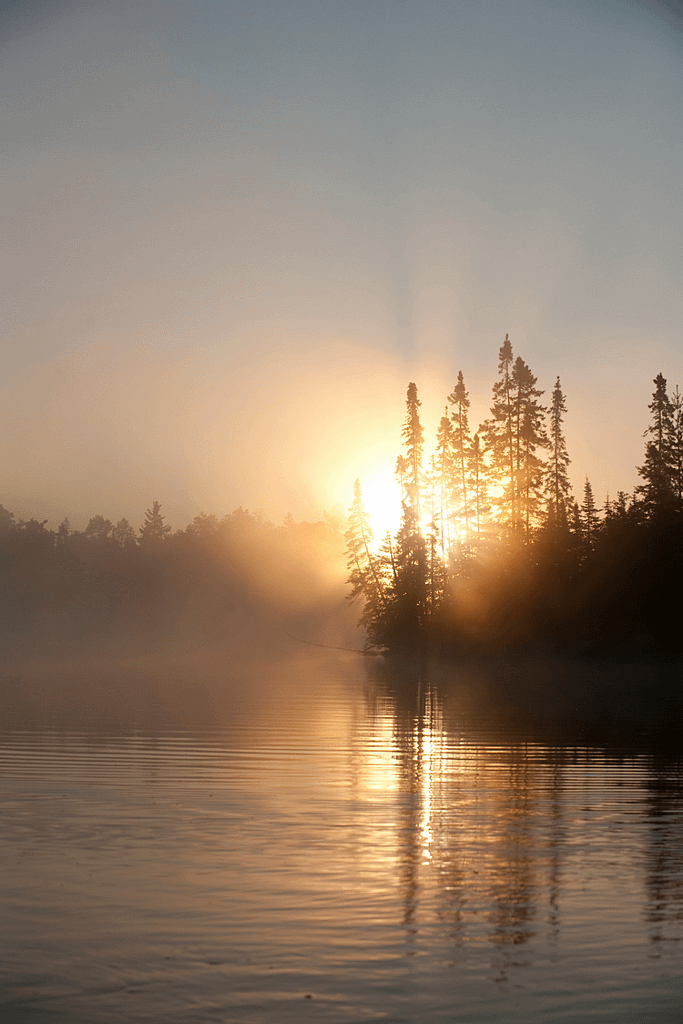
Moreover, the BWCAW provides a sanctuary for wildlife, enhancing the experience for those keen on observing nature in its purest form. Moose frequently wade into the shallows, while bald eagles soar overhead, their keen eyes scanning the water for fish. As the sun sets, the sky transforms into a canvas of vibrant colors, casting a warm glow over the pristine landscape. Campers settle in for the night at secluded sites, where the crackle of campfires and the twinkling of stars overhead inspire stories of adventure and camaraderie. Thus, the BWCAW not only offers thrilling outdoor activities but also fosters a sense of peace and reflection, encouraging visitors to appreciate the delicate balance of this cherished wilderness.
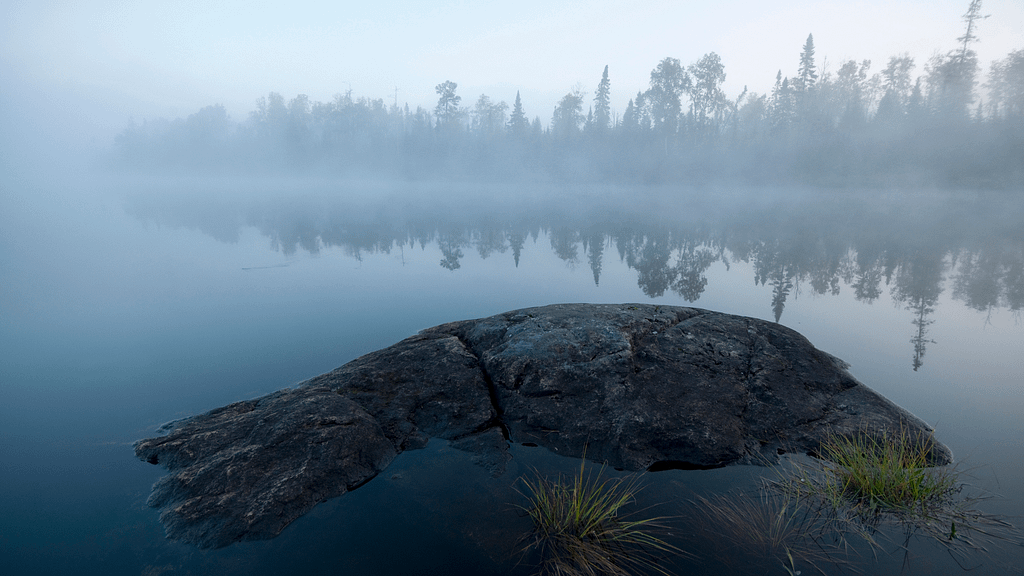

Fishing in the Boundary Waters Canoe Area Wilderness
In the Boundary Waters Canoe Area Wilderness (BWCAW), fishing enthusiasts find a paradise teeming with a variety of fish species. Anglers commonly seek out the elusive walleye, known for its delicious taste and challenging catch. These prized fish inhabit the deep, cool waters of the area’s numerous lakes, luring fishermen with the promise of a rewarding catch. Alongside walleyes, smallmouth bass populate the rocky shores and submerged timber, offering a lively fight that attracts both novice and seasoned anglers. Northern pike, with their aggressive nature and formidable size, provide an exhilarating challenge for those casting their lines in these pristine waters. Each species adds to the allure of the BWCAW, making it a premier destination for fishing adventures.
Beyond the thrill of the catch, the experience of fishing in the BWCAW is enriched by the region’s stunning natural beauty. Anglers often find themselves immersed in tranquil surroundings, with the sounds of loons and gentle ripples on the water enhancing the peaceful ambiance. Many fishermen choose to paddle their canoes to remote fishing spots, where they can cast their lines in solitude, free from the distractions of modern life. This combination of abundant fish and serene landscapes ensures that fishing in the BWCAW is not just about the catch but also about reconnecting with nature and enjoying the simple pleasures of the wilderness.
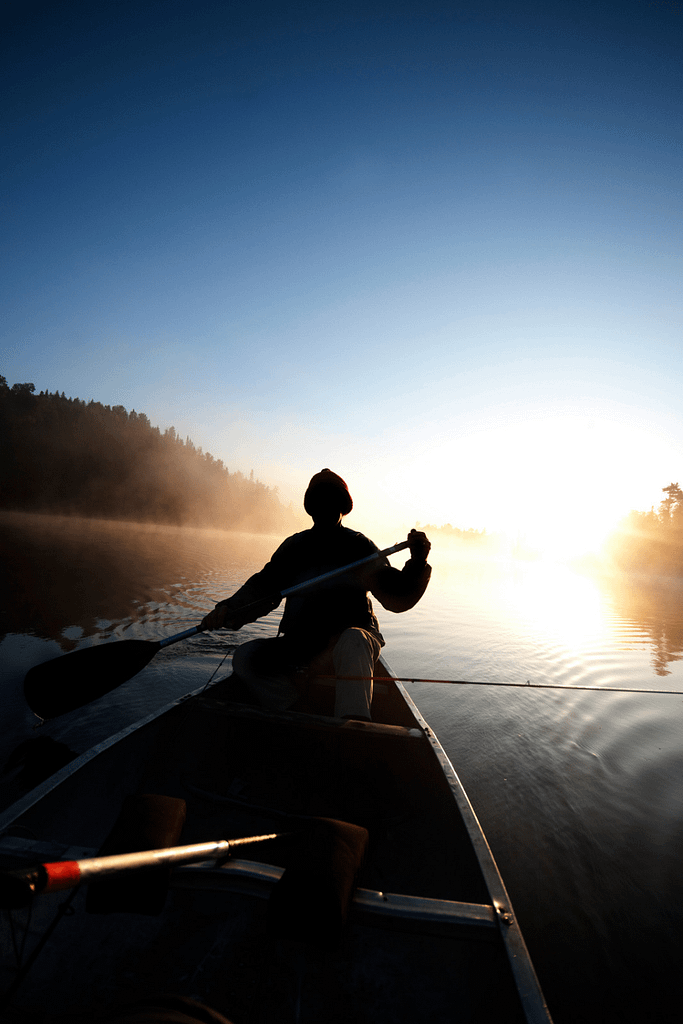
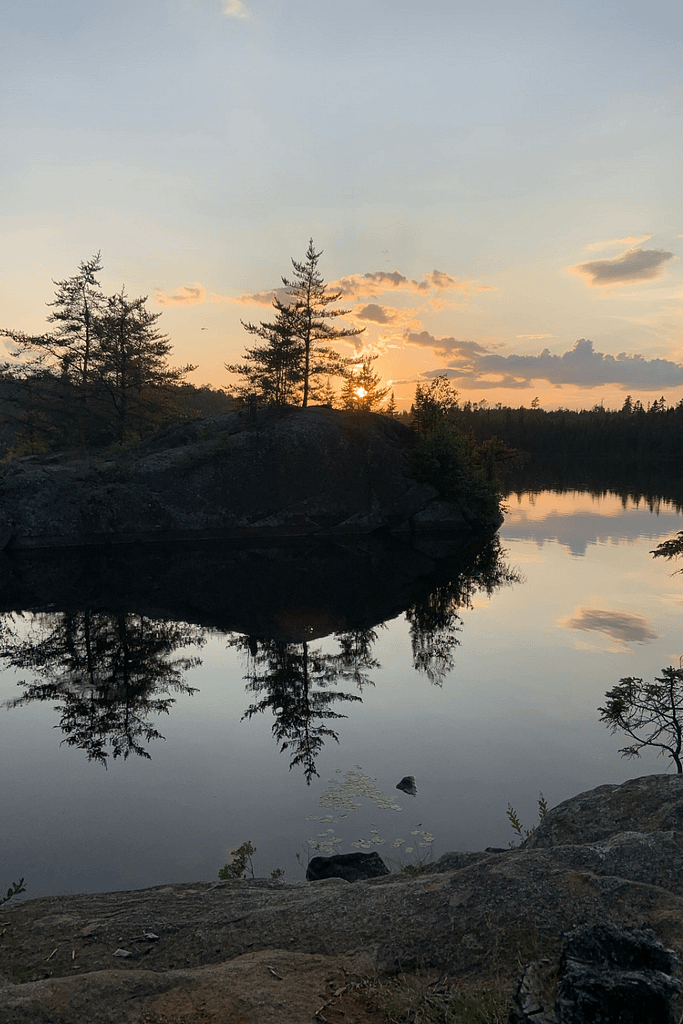
Local Community Impact
The Superior National Forest stands as a vital lifeline for surrounding communities, intertwining their histories and futures with its sprawling, verdant landscapes. This vast wilderness not only fuels local economies through tourism and outdoor recreation but also fosters a deep-rooted cultural connection to the land. Its towering pines and serene lakes serve as a backdrop for countless memories, from family camping trips to solo canoe adventures. Environmentally, the forest acts as a crucial guardian, preserving biodiversity and offering sanctuary to myriad species. Its lush woodlands sequester carbon, purify air, and sustain watersheds, showcasing the forest’s indispensable role in combating climate change. As a bastion of natural beauty and ecological balance, the Superior National Forest remains an enduring symbol of the harmony between humanity and nature, inspiring conservation efforts and instilling a profound respect for the wild.
Essential Links
Below are some essential links to resources related to the Superior National Forest, providing visitors with information about the area, its history, and opportunities for exploration and conservation.
- Superior National Forest
- Visit the Superior National Forest Official Website for comprehensive information about the forest, including maps, regulations, and visitor resources.
- National Forest Foundation
- Explore the National Forest Foundation to learn about the conservation efforts and initiatives that support the preservation of national forests, including Superior National Forest.
- Boundary Waters Canoe Area Wilderness
- For details on the Boundary Waters Canoe Area Wilderness, explore the BWCAW Information Page to find information on permits, routes, and guidelines for visiting this iconic wilderness area.
- Explore Minnesota
- Discover more about the surrounding area and local attractions by visiting the Explore Minnesota website, which offers insights into lodging, dining, and activities near Superior National Forest.
This article intended for National Forest Week 2024 was crafted but never released. Changes or corrections have been made to the initial content to improve accuracy, clarity, or relevance.

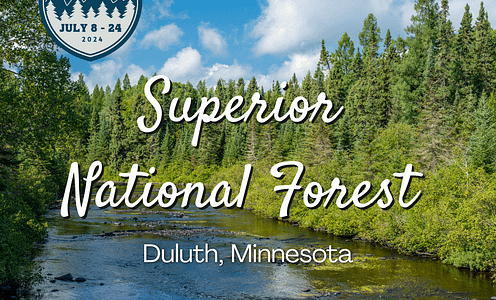
The prose cultivates awareness and presence, allowing insight to emerge organically. Each sentence contributes to a reflective flow, fostering contemplation, mindfulness, and a quiet connection between reader and text.